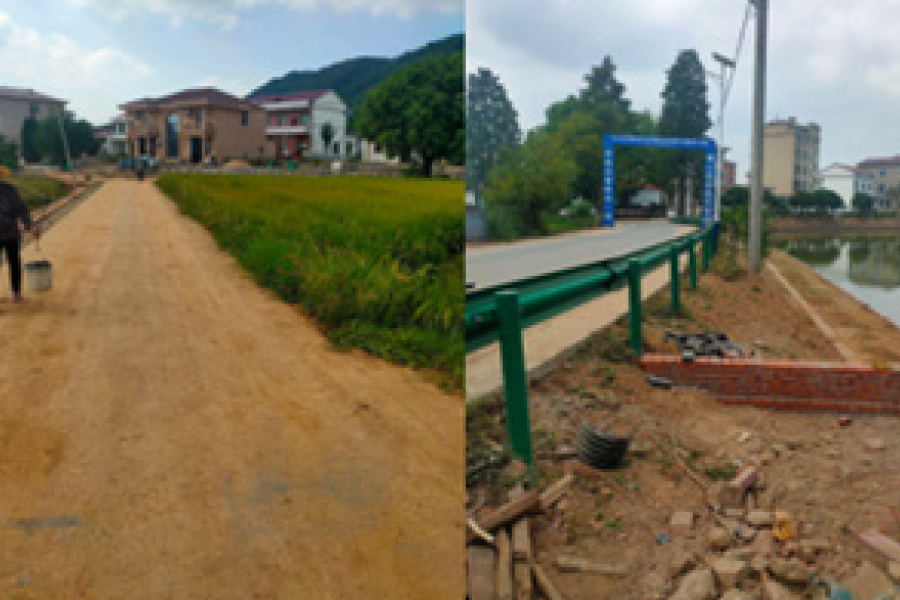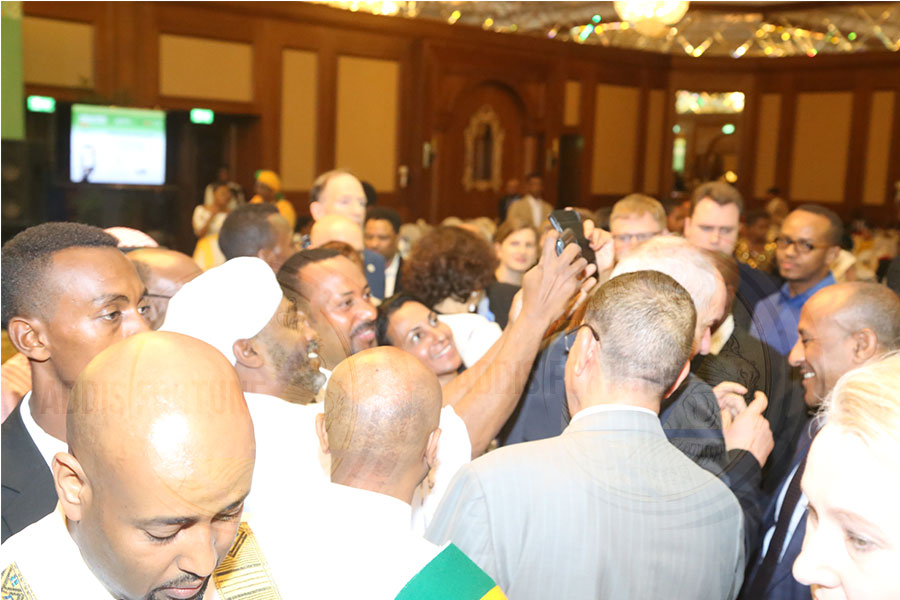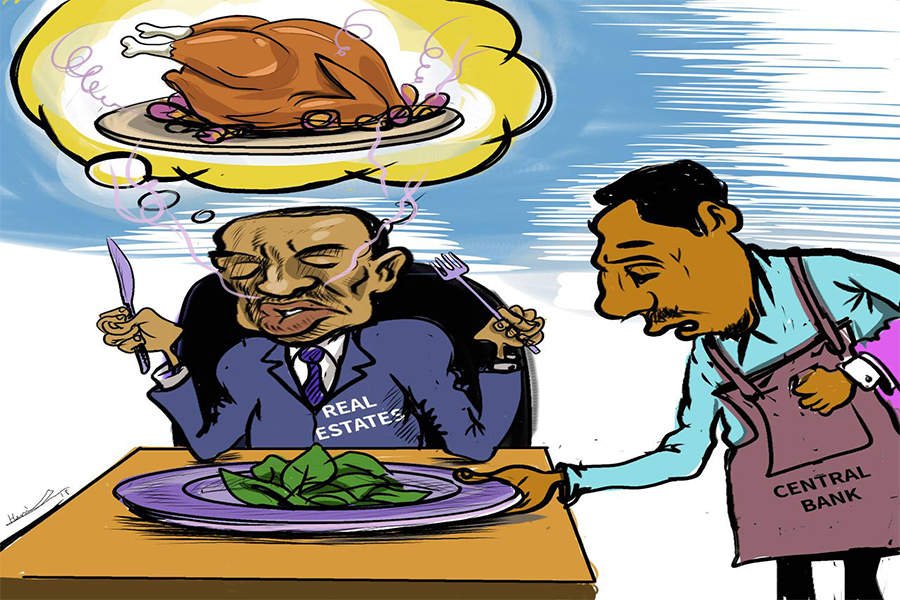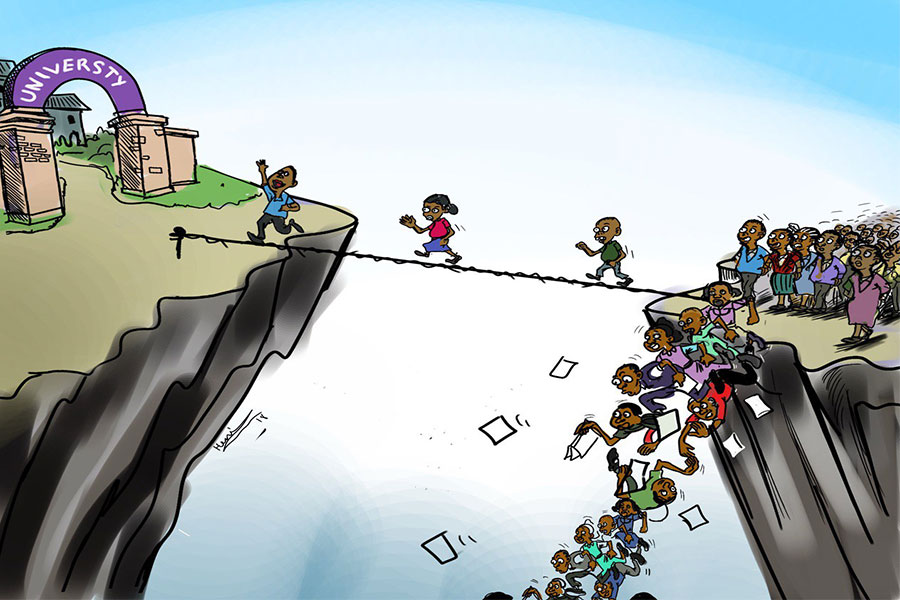
Radar | Jul 17,2022
Jun 7 , 2025
By Navroz K. Dubash
When climate change is framed as a global problem requiring collective regulation of greenhouse-gas emissions, developing-country governments see little reason to prioritise the issue over others. After all, the rich, industrialised countries that contributed disproportionately to the problem are themselves backing away from decarbonisation and climate-finance commitments, while low-income countries bear the brunt of the costs of climate change.
Decision-makers in developing countries understandably conclude it may be more rational to hunker down and focus on climate resilience rather than emissions reductions.
But this is not the only way to frame the problem. While climate change undoubtedly poses a global collective-action problem, in practice, climate outcomes are shaped by myriad decisions concerning development objectives such as industrial development, urbanisation, job creation, and local pollution management. Because late developers often have not entirely locked into energy systems, transport infrastructure, urbanisation plans, and energy consumption patterns, they have greater flexibility to steer investment and consumption choices toward lower-carbon and climate-resilient options.
The climate challenge can be framed as a choice among alternative development pathways. In many cases, development choices are also climate choices. In a world where being a low-carbon economy confers a competitive edge, the absence of structural lock-in could be turned into an advantage.
Pursuing a climate-as-development approach is not easy or foolproof. It requires considerable state capacity, strategy-setting capabilities, and full mobilisation of the necessary technologies and finance. Importantly, it does not negate concerns about climate equity. Developing countries may opt to pursue the climate-as-development opportunity, but rich countries that disproportionately caused the problem remain on the hook to support this transition.
Yet, this perspective offers an alternative to the zero-sum framing of climate policy and a basis for nationally specific visions.
An important starting point is that elites internalise and support low-carbon development as a potential opportunity, with climate resilience as a necessary component. Climate objectives cannot trump development goals, but, equally, development innocent of climate considerations is no longer viable. To be politically feasible, any strategy should be rooted in the national context. Low-carbon development pathways are not easily replicable and need to be tailored to geography, local capacities, and other variables.
As with any long-term structural change, a durable, widely shared national narrative is needed as South Korea's "green growth" in the 2010s serves a useful example..
Shifting from narrative and vision to policy and implementation requires high levels of state capacity. Technical capabilities, along with the ability to identify climate-as-development opportunities and sources of climate vulnerability, are necessary, but by no means sufficient. As sociologist Peter Evans' analysis of East Asian industrial policy reminds us, the state should be simultaneously "embedded" to engage and support private-sector players, and maintain sufficient "autonomy" to avoid capture.
In practice, this means building institutions that can set the strategy, coordinate across sectors and at different scales, and provide trusted platforms to mediate conflict, ideally enshrined in law. All too often, climate policymaking is entrusted to relatively weak or siloed environmental ministries that cannot organise or enforce an all-of-government approach. Because broad structural changes can introduce distributional concerns and leave some communities behind, deliberative bodies, such as South Africa's Presidential Climate Commission, can help to entrench low-carbon options by mediating social frictions and maintaining broad-based political buy-in.
Another major challenge for developing and emerging economies facing high capital costs is mobilising adequate finance for capital-intensive low-carbon development. There are no easy answers here.
According to BloombergNEF, global investment in the low-carbon energy transition in 2024 was only around one-third of the annual amount required through 2030, and there were wide disparities in spending. Developing countries have experienced few tangible gains from multilateral initiatives to scale up climate finance and reform the international financial architecture. Holding advanced economies to their financing commitments should remain a priority, but developing countries also need to mobilise more domestic finance and develop credible investment programs to attract global capital.
Recent efforts to create "country platforms" – government-led coordination mechanisms that articulate a vision and identify financing pathways to achieve it – suggest one way forward. In preparing to host this year's United Nations Climate Change Conference (COP30), Brazil is seeking to lead the way with a comprehensive multisectoral development program to mobilise investment. Independent research suggests that Brazil has all the ingredients for a successful green industrial transformation: a strong resource base, a legacy of advanced manufacturing, and a large market.
Such models are worth exploring elsewhere, provided that they reflect a national vision, not donor-driven objectives.
One common criticism of nationally led, multi-objective development strategies is that the urgency of the climate crisis demands more direct action focused on emissions reduction, rather than on the indirect pathways suggested here. But this view ignores political reality. If climate action is seen to be at odds with other development objectives, it will lose. The only option is to devise strategies that can realise both sets of goals.
The most effective climate policy over the long term might be one that shapes structural choices about urbanisation and industrialisation, rather than one that focuses narrowly on regulating emissions.
With the scope for global cooperation receding in today's fraught geopolitical environment, these arguments should not be interpreted as a call for atomization. On the contrary, developing national visions for low-carbon, resilient economies would benefit from mutual learning and enhanced coordination rooted in attention to local contexts.
Deploying low-carbon technologies will require investment in stable value chains, which depend on political and economic predictability. Developing countries, in particular, will have to be strategic and nimble in finding a niche for themselves. And the provision of finance at the necessary scale will still depend on a threshold degree of global cooperation.
But a domestically developed vision of a low-carbon, competitive, and resilient economy is the only foundation that can support all these elements.
PUBLISHED ON
Jun 07,2025 [ VOL
26 , NO
1310]


Radar | Jul 17,2022

Radar | Oct 19,2024

Radar | Apr 15,2023

Fortune News | Jul 13,2025

Advertorials | Jul 14,2025

Radar | Oct 22,2022

Commentaries | Apr 03,2021

Fortune News | Aug 15,2022

Radar | Jul 17,2022

Viewpoints | Nov 23,2024

Photo Gallery | 177052 Views | May 06,2019

Photo Gallery | 167266 Views | Apr 26,2019

Photo Gallery | 157866 Views | Oct 06,2021

My Opinion | 136952 Views | Aug 14,2021

Dec 22 , 2024 . By TIZITA SHEWAFERAW
Charged with transforming colossal state-owned enterprises into modern and competitiv...

Aug 18 , 2024 . By AKSAH ITALO
Although predictable Yonas Zerihun's job in the ride-hailing service is not immune to...

Jul 28 , 2024 . By TIZITA SHEWAFERAW
Unhabitual, perhaps too many, Samuel Gebreyohannes, 38, used to occasionally enjoy a couple of beers at breakfast. However, he recently swit...

Jul 13 , 2024 . By AKSAH ITALO
Investors who rely on tractors, trucks, and field vehicles for commuting, transporting commodities, and f...

Oct 18 , 2025
The political establishment, notably the ruling party and its top brass, has become p...

Oct 11 , 2025
Ladislas Farago, a roving Associated Press (AP) correspondent, arrived in Ethiopia in...

Oct 4 , 2025
Eyob Tekalegn (PhD) had been in the Governor's chair for only weeks when, on Septembe...

Sep 27 , 2025
Four years into an experiment with “shock therapy” in education, the national moo...

Oct 18 , 2025 . By NAHOM AYELE
In a sweeping reform that upends nearly a decade of uniform health insurance contribu...

A bill that could transform the nutritional state sits in a limbo, even as the countr...

Oct 18 , 2025 . By SURAFEL MULUGETA
A long-planned directive to curb carbon emissions from fossil-fuel-powered vehicles h...

Oct 18 , 2025 . By BEZAWIT HULUAGER
Transaction advisors working with companies that hold over a quarter of a billion Bir...